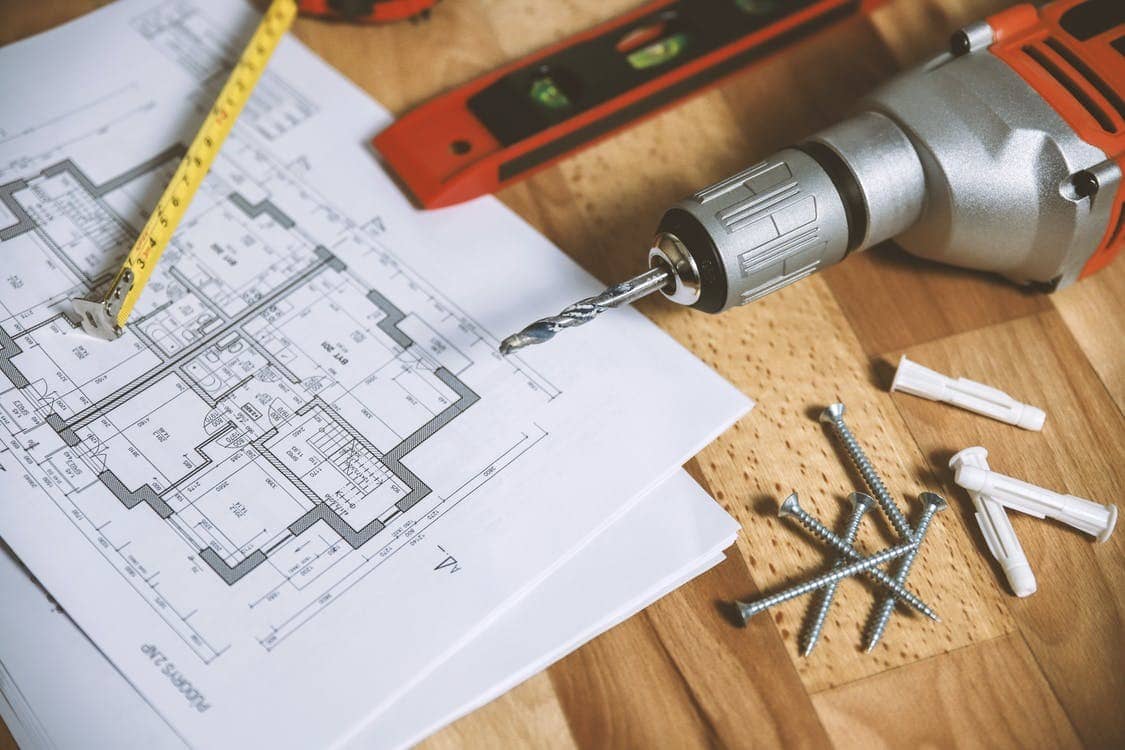You probably came to read this because the walls of your home are starting to resemble a dungeon, and you’re looking for ways to renovate. However, the constant fear of “getting it wrong” is holding you back. But don’t press yourself. In this blog, we’ll be shedding light on all the worst nightmares that come with renovating and how to avoid them.
No doubt, renovating a home gives you the chance to shape any space to your desired needs. There’s something immeasurably pleasing about transforming your humble abode as per your preferences. However, the road to a perfectly renovated home rarely ever runs smoothly. Time is cruel, and it can hugely affect the condition of our homes. Once the renovation begins, it is common to run into unexpected issues hiding under the surface. While house renovation nightmares can happen at any time, they should never stand in the way of you and your dream house.
Of course, you can’t dodge every bullet, but you can do your best to lessen the risk. And that means knowing what terrors could be lurking behind the curtains. Thankfully, we’ve got your back.
House renovation nightmares
Below are all the chancy disruptions to keep an eye out for when remodeling or renovating a home.
Poor foundation
A damaged or poor foundation is the one renovation nightmare that may cause the homeowner to either buy a new house or spend a fortune fixing it. Either way, it isn’t good. For the vast majority of mutilation, water is the main culprit. Variations in moisture can cause soil components to shrink or swell, leading to movement beneath your foundation.
All it takes is an earthquake or even a massive flood to compromise the structure of your home. You don’t want that – do you? Foundations are so necessary that the structural integrity of any home rests on the soundness of its foundation. And the foundation depends on the strength of the soil underneath it. So understanding the causes and common foundation repair methods are significantly crucial for homeowners.
How to avoid: The best way to prevent yourself from stumbling onto this problem is to detect your walls with a small blow. While you’re tackling such a heavy construction mode, invest in construction site fencing to keep the workers and the project safe from interruptions and trespassers. Fencing around a construction site will prevent you or any other passerby from accidentally entering the site and being hurt by falling materials or equipment.
Furthermore, if, as a result of the blow, your walls crack open or not, take this sign seriously and create an action plan before the overall renovation begins. Two of the most common repair techniques for this kind of problem are hydraulic jacking and slab jacking. But before you decide on a patch-up method, determine the root of the distress. Inspect trim boards and moldings, windows in low areas, and mortar joints in-unit veneer for clues.
Water damage
Water damage is a frequent issue for homeowners, and it is especially unbearable to deal with during renovations. Often, it starts with a minor leak in the roof, and if left untreated, the water will work its way through the ceiling. Other reasons for water damage could include faulty plumbing – a leaky or broken pipe. Either way, you’ll never know what hit you if you don’t pay attention. In many cases, you may not even realize that there’s a leak until you break your walls up for renovation. No matter how it happens, the effects can be terrifying, from plaster and wood to termites, mildew, and mold.
How to avoid: It is wise to thoroughly inspect and repair any roofing structural issues before you tear up the walls of your home. To ensure there’s no problem left to fix, dictate your contractors to check the water pressure and have the downspouts and gutters cleaned. You may need to call several specialists to deal with secondary matters as mold removal, but it will all be worth it.
A horrible pest invasion
Homes that are built on land that was previously used for farming typically face this problem. While you fold up your sleeves and empty your cupboards, you might discover that the termite that invaded your cabinets has eaten up the kitchen cabinets and doors, too. While these may appear in tip-top shape from the outside, the inside is something you don’t want to see. And yes, you might even scream.
How to avoid: Now, this may seem like a “you’re telling me this now!” kind of a suggestion, but it works in preventing pest invasions. Ensure to remove everything wooden in your house and before you install the new carpentry, run a complete pest control. In areas where you need to install cabinets, ensure that the back wall is stacked with ceramic tiles before the installation. This practice will block humidity and get rid of these pests for good.
The release of hazardous materials
In terms of renovation, it’s good to take the “they don’t make them like they used to” connotation seriously. Old, hazardous materials can show up during renovation and will require immediate attention.
Some of the unsafe materials include:
- Lead: It poses a severe health hazard and commonly shows up in rustic home renovations. It can be in the exterior or interior paint finishes and worn-out plumbing pipes.
- Asbestos: This form of danger often turns up in hidden places, such as the basement, ceilings, or attic. Sometimes, it is best to leave it where it is and preserve it. In others, it will need to be taken out by a professional.
How to avoid: These dangerous materials demand special handling and dumping. The Environmental Protection Agency, EPA, has a list of guidelines and rules that every builder should follow when tackling renovation projects. Laws vary between jurisdictions, but in the majority of the cases, you might need to call professional contractors to ensure that these materials are dealt with immediately. You can avoid the dark cloud of harmful materials from raining on your renovation parade with proper inspection.
The electricity of the house gone haywire
Most of us get the placement of appliances and switches changed during the renovation or even get new ones. A significant problem may occur if your electrician isn’t well-aware of the wiring around your house. There are cases when professional contractors disrupt a connection while demolishing an area of the home or even walking through the running wires. It could, indeed, pave the path for an electrical breakdown in your home.
How to avoid: The Band-Aid approach to this nightmare is simple. Ensure to hire someone who is well equipped and trained. After all, it is impossible to imagine the entire renovation without changing wires or switches. So, ensure your electrician and contractor work in harmony and are present during the installation.
Conclusion
It’s pretty clear that renovations are bound to go wrong, but that doesn’t mean you shouldn’t leap. The satisfaction you get from getting it right will take you up to cloud 9. Your job is to closely watch out for the above-said barriers and learn how to avoid them before they run you over with extended bills. Also, don’t hesitate to ask for help because it’s better to leave things to the professionals instead of tackling them yourself and making things worse.




